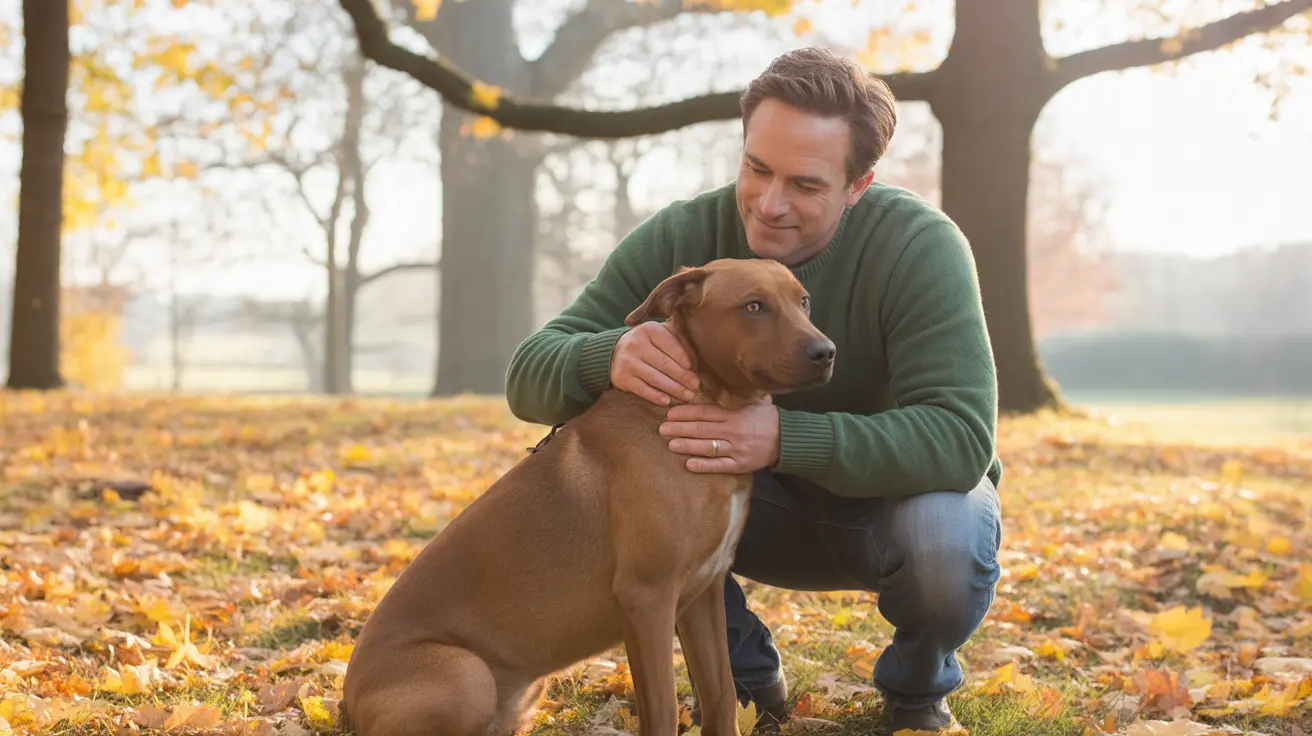A remarkable 8th grader from Alexandria is proving that age is no barrier to making a meaningful difference in animal welfare. Cecelia "Cece" Baker has launched the heartfelt "Paws for a Cause" project, demonstrating how youth animal activism can address critical challenges facing homeless animals in local communities.
Baker's initiative comes at a time when animal shelters across the nation are grappling with overcrowding and resource limitations. Her personal connection to animals, particularly through her beloved puppy Max, has inspired her to take action where many adults hesitate to step forward. This youth-led animal welfare effort highlights the powerful impact young advocates can have on supporting local animal rescues.
The Heart Behind the Movement
Young Cece Baker's journey into animal advocacy began with the simple joy of watching her puppy Max grow up. This personal bond with her pet opened her eyes to the reality that countless animals lack the same security and love that Max enjoys daily. Her "Paws for a Cause" project represents a grassroots approach to addressing animal shelter challenges through community engagement and awareness.
The initiative showcases how youth animal advocacy programs can emerge from genuine compassion rather than formal organizational structures. Baker's work demonstrates that helping homeless animals doesn't require extensive resources—just dedication and a willingness to act.
Understanding Animal Shelter Challenges
Animal shelters nationwide face mounting pressures that make projects like "Paws for a Cause" increasingly vital. Animal shelter overcrowding remains a persistent issue, with facilities often operating beyond capacity. Pet adoption rates, particularly for adult and senior animals, continue to lag behind intake numbers, creating a cycle of overcrowding that strains resources and staff.
These challenges extend beyond simple space constraints. Shelters struggle with funding for medical care, behavioral training, and basic necessities. Pet-friendly housing advocacy has become crucial as housing restrictions often force families to surrender beloved pets, further contributing to shelter populations.
Volunteer Opportunities for Kids and Youth Impact
Baker's project illustrates the numerous volunteer opportunities for kids interested in animal welfare. Young people can contribute through fundraising, awareness campaigns, supply drives, and educational outreach. Animal shelter volunteering provides valuable lessons in responsibility, empathy, and community service while addressing real-world problems.
Youth-led initiatives often bring fresh perspectives and innovative solutions to longstanding issues. They also inspire peers and adults to become more involved, creating ripple effects that extend far beyond the original project scope.
Supporting Local Animal Rescues Through Action
Effective animal shelter donations go beyond monetary contributions. Supply drives for food, blankets, toys, and cleaning supplies provide immediate relief to overwhelmed facilities. Educational campaigns help community members understand the importance of spaying and neutering, reducing future shelter intake.
Animal welfare volunteer programs benefit significantly when young people like Baker step forward. Their enthusiasm and fresh energy often rejuvenate existing programs and attract new supporters who might otherwise remain uninvolved.
Frequently Asked Questions
How can kids get involved in helping homeless animals in their community?
Young people can start by contacting local shelters to learn about age-appropriate volunteer opportunities. Many facilities welcome help with fundraising, supply drives, social media promotion, and educational outreach. Kids can also organize school projects, create awareness campaigns, or start initiatives like Cece Baker's "Paws for a Cause."
What are the biggest challenges facing animal shelters today?
Animal shelters primarily struggle with overcrowding, limited funding, insufficient volunteer support, and low adoption rates for adult and senior pets. Additionally, pet-friendly housing shortages force many families to surrender animals, while inadequate spaying and neutering programs contribute to overpopulation.
Why are adoption rates for adult and senior pets lower, and how can communities help?
Adult and senior pets often face adoption challenges due to perceived health concerns, shorter lifespans, and behavioral assumptions. Communities can help by promoting the benefits of mature pet adoption, supporting senior pet programs, and educating potential adopters about the loyalty and calm nature of older animals.
Building a Compassionate Future
Cece Baker's "Paws for a Cause" project serves as an inspiring reminder that meaningful change often begins with individual action. Her youth animal activism demonstrates that addressing animal shelter statistics and supporting homeless animals requires community involvement at every level.
As Baker continues her important work, her example encourages other young people to discover their own ways to make a difference. Whether through direct animal shelter volunteering or creative advocacy projects, the next generation of animal welfare champions is already making their mark on creating a more compassionate world for all creatures.






